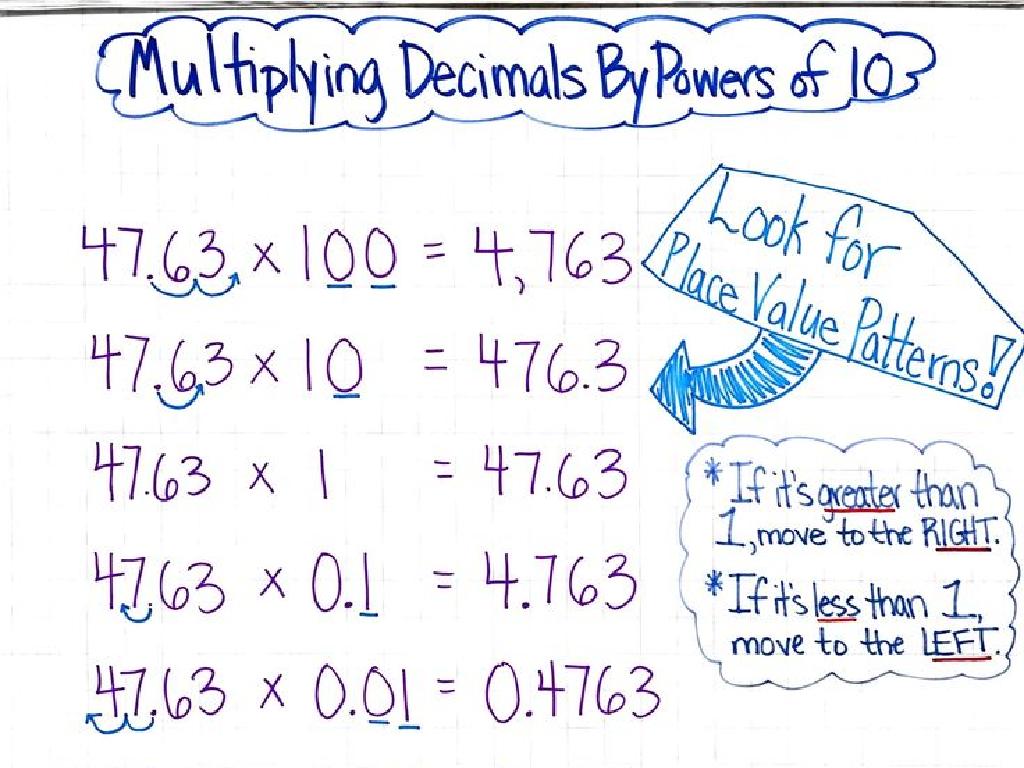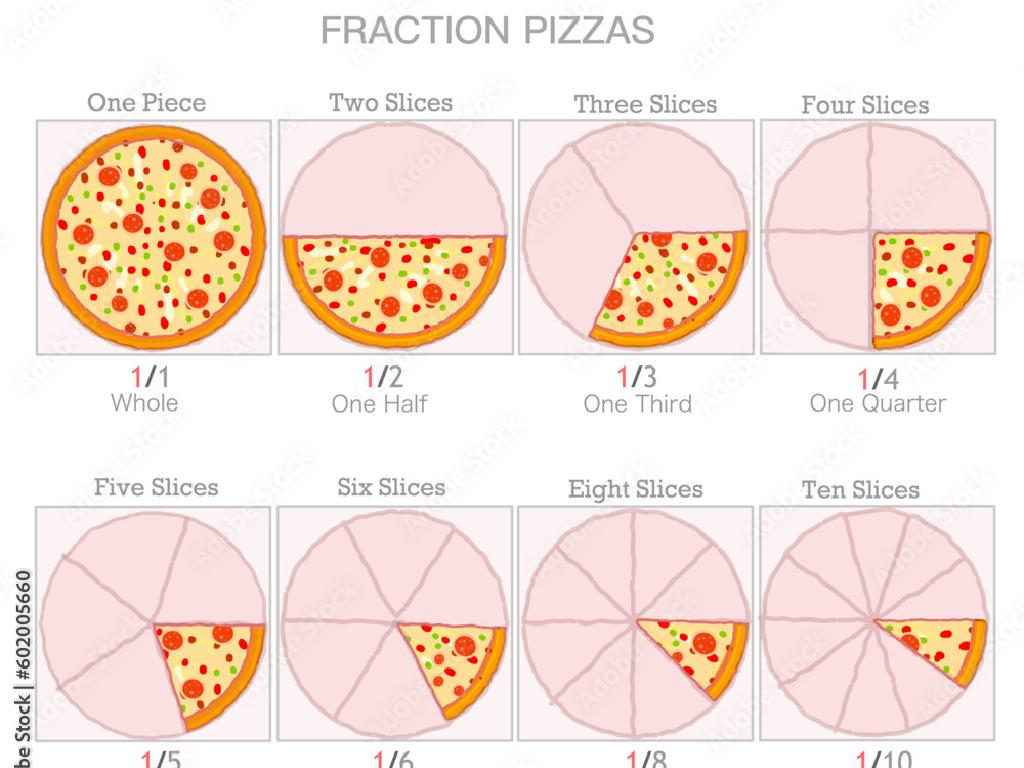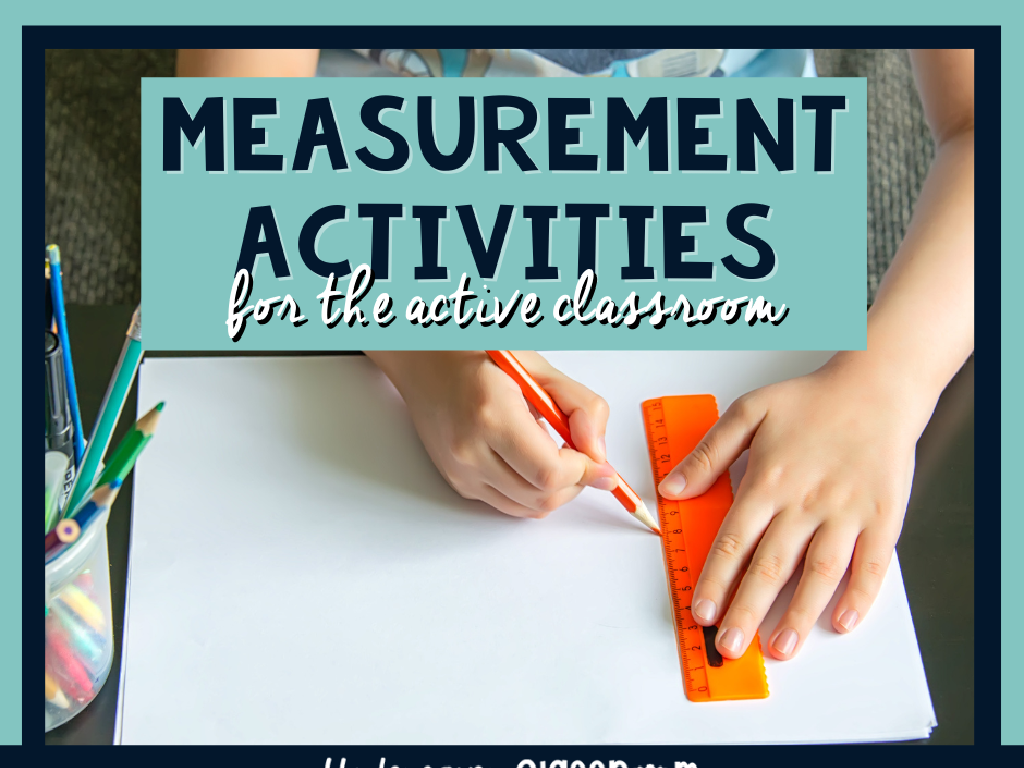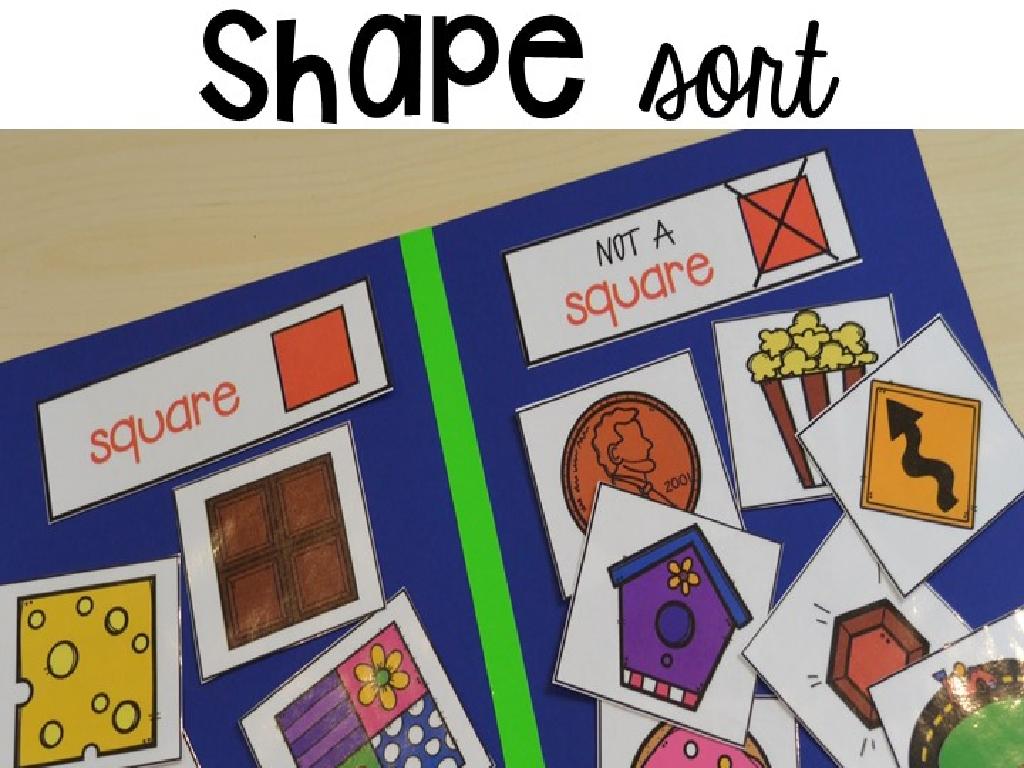The Civil War: The Beginning Of The War
Subject: Social studies
Grade: Fourth grade
Topic: The Civil War And Reconstruction
Please LOG IN to download the presentation. Access is available to registered users only.
View More Content
The Civil War: The Beginning of the War
– What was the Civil War?
– A big fight between Northern and Southern states of the U.S.
– Why did the Civil War start?
– Disagreements over states’ rights and slavery caused conflict.
– Key figures and states involved
– Important people like Abraham Lincoln and states like Virginia and Pennsylvania played big roles.
– Major battles and events
– Battles like Fort Sumter marked the start of the war.
|
This slide introduces the Civil War to fourth graders, focusing on its inception. Begin by asking students what they already know about the Civil War to assess their prior knowledge and engage them. Explain that the Civil War was a significant event in American history where the Northern states (Union) fought against the Southern states (Confederacy) over important issues, including states’ rights and slavery. Highlight key figures such as President Abraham Lincoln and mention pivotal states to provide context. Discuss the early battles that signaled the start of the war, with Fort Sumter being a notable example. The aim is to provide a foundational understanding that will be built upon in subsequent lessons.
What Was the Civil War?
– A war during 1861-1865
– North (Union) vs. South (Confederacy)
– The Union wanted to stay together, the Confederacy wanted to be independent
– Main issue: States’ rights & slavery
– Disagreements over the power of states and the legality of slavery led to war
– A pivotal event in U.S. history
|
The Civil War was a significant event in United States history that lasted from 1861 to 1865. It was a conflict between the Northern states, known as the Union, who wanted the country to remain united, and the Southern states, known as the Confederacy, who wanted to be independent. The main issues leading to the war were disagreements over states’ rights and the legality of slavery. The North was against the expansion of slavery, while the South wanted to maintain and expand it. This war was a turning point in U.S. history, leading to the abolition of slavery and setting the stage for the country’s reconstruction. When discussing this with fourth graders, emphasize the idea of a divided nation coming to terms with its values and the concept of freedom for all people.
Causes of the Civil War
– North/South economic & social differences
– The North had more industry, while the South had more agriculture, leading to different lifestyles and economies.
– Debate over states vs. federal rights
– Some states wanted more power to make their own laws, while others thought the federal government should have more control.
– Conflict between slave & non-slave states
– States argued whether new states should allow slavery or not, causing tension.
– Rise of the Abolition Movement
– Many people wanted to end slavery, and this movement grew stronger over time.
– Abraham Lincoln’s election
– Lincoln was against the spread of slavery, and his election worried the Southern states.
|
This slide introduces the complex causes leading to the Civil War, tailored for a fourth-grade audience. Begin by explaining the economic and social differences between the North and the South, highlighting the industrialized North versus the agricultural South. Discuss the concept of states’ rights versus federal authority, ensuring to simplify the idea that some states wanted to make more decisions for themselves rather than having the federal government decide. Explore the contentious issue of slavery in new states and the moral and political fight it entailed. Introduce the Abolition Movement as a growing force against slavery. Lastly, discuss Abraham Lincoln’s election as a tipping point due to his anti-slavery stance, which caused concern among Southern states. Encourage students to think about how these factors could lead to such a significant conflict as the Civil War.
Key Figures in the Civil War
– Abraham Lincoln’s role
– Lincoln was the U.S. President during the Civil War.
– Jefferson Davis’s leadership
– Davis served as President for the Confederacy.
– Generals of the Union
– Union generals like Ulysses S. Grant led the North.
– Generals of the Confederacy
– Confederate generals like Robert E. Lee led the South.
|
This slide introduces students to the important leaders during the Civil War. Abraham Lincoln, as the President of the United States, worked to preserve the Union and end slavery. Jefferson Davis was the President of the Confederate States and aimed to secure independence for the Confederacy. Highlight the roles of key generals from both the Union and the Confederacy, explaining their impact on the war’s outcome. Discuss with students how these figures’ decisions and leadership styles influenced the course of the war. Encourage students to think about the qualities of leadership and how they can be seen in these historical figures.
The Civil War Begins: Attack on Fort Sumter
– Fort Sumter: The war’s start
– A fort in Charleston, SC, where the first battle took place.
– First shots in South Carolina
– April 1861, Confederates fired on the fort, starting the war.
– The Union reacts to rebellion
– The North, or Union, fought to keep the country together.
– Understanding the Union’s stance
|
This slide introduces the beginning of the Civil War, focusing on the significant event of the attack on Fort Sumter. It’s crucial to explain the location and the importance of Fort Sumter as a federal outpost in the South. Discuss how the firing upon Fort Sumter by Confederate forces marked the official start of the conflict. Highlight the Union’s perspective, emphasizing their goal to preserve the nation and how they responded to the Southern states’ secession. Use this discussion to set the stage for understanding the complex reasons behind the Civil War and the Union’s determination to maintain the United States as one nation.
Life During the Civil War
– Daily life for families
Families faced shortages and often had to grow their own food.
– Women’s roles in wartime
Many women managed farms or worked as nurses, taking on new responsibilities.
– Children’s experiences
Children helped at home, some even worked in factories, but they still found time for games.
– Impact on schooling and play
Schools were disrupted, but education continued at home or in smaller community groups.
|
This slide aims to give students a glimpse into the personal side of the Civil War, focusing on how the war affected family life, the roles of women, and the experiences of children. Emphasize the resilience and adaptability of families during this time of hardship. Discuss how women stepped into roles that were traditionally held by men and how this changed society’s view of women. Highlight the fact that children also had to adapt to new responsibilities, yet they still found ways to continue their education and play. Use this discussion to help students connect with history on a personal level, understanding that children just like them lived through these significant historical events.
Map Study: A Nation Divided
– Identify Union vs. Confederate states
– Use a map to see the Union (North) and Confederate (South) states.
– Significance of border states
– Border states were key due to location and resources.
– Locate major Civil War battles
– Battles like Gettysburg in Pennsylvania show where key fights happened.
– Understand map’s role in history
|
This slide aims to help students visually understand the geographical divide during the Civil War. By identifying the Union and Confederate states on a map, students will get a clearer picture of the country’s division. Discuss the strategic importance of border states, which were slave states that did not secede from the Union. Highlight their role in the outcome of the war due to their location and resources. Point out the locations of major battles to give students a sense of where significant events occurred. Emphasize how maps serve as tools for understanding historical events and their outcomes. Encourage students to think about how geography can impact political decisions and conflicts.
Understanding Perspectives in the Civil War
– Reasons people chose to fight
– Some fought for freedom or to defend their homes.
– Union vs. Confederate views
– Union supporters wanted to preserve the nation, Confederates fought for states’ rights and independence.
– Empathy in history
– Understanding feelings of people from the past.
– Multiple historical viewpoints
– History can look different through others’ eyes.
|
This slide aims to help students understand the complex reasons why individuals may have chosen to fight in the Civil War, highlighting the differing perspectives between Union and Confederate supporters. Emphasize the importance of empathy when studying history, as it allows us to understand and respect the viewpoints of all people involved, even if they differ from our own. Encourage students to think about how history can be seen in different ways, depending on who is telling the story. Activities can include role-playing different historical figures or writing short essays from the perspective of someone from the era.
Role Play: Understanding Civil War Perspectives
– Divide into Union and Confederate groups
– Present reasons for going to war
– Think like historical figures: why did they fight?
– Discuss war’s impact on today
– How does the war’s outcome affect our lives now?
– Reflect on the role play experience
– Share what you felt during the role play.
|
This class activity is designed to help students empathize with the historical figures and understand the complex reasons behind the Civil War. By dividing the class into Union and Confederate groups, students will engage in a role play to explore and articulate the motivations of each side. After presentations, lead a discussion on the war’s lasting impact on American society and values. Encourage students to think critically about how history shapes our present. Possible activities: writing a diary entry from their character’s perspective, creating a poster with their group’s reasons for war, or a debate between the Union and Confederate groups. This activity aims to foster a deeper understanding of the Civil War’s significance and its relevance to contemporary issues.
Reflecting on the Civil War’s Beginning
– Recap of today’s Civil War lesson
– Importance of learning Civil War history
– Understanding our past helps us shape a better future.
– Open floor for questions
– Share your thoughts about the lesson
– Expressing thoughts helps us remember and understand better.
|
This slide aims to consolidate the students’ learning and encourage them to reflect on the significance of the Civil War’s beginning. Start by asking students to summarize what they’ve learned to reinforce their understanding. Discuss why learning about the Civil War is crucial it’s not just about dates and events, but about understanding the complex causes and effects that have shaped our nation’s history. Open the floor to any questions the students might have, allowing them to clarify any doubts. Finally, encourage them to share their thoughts or feelings about the lesson to engage them in active reflection and to foster a personal connection to the material learned.






